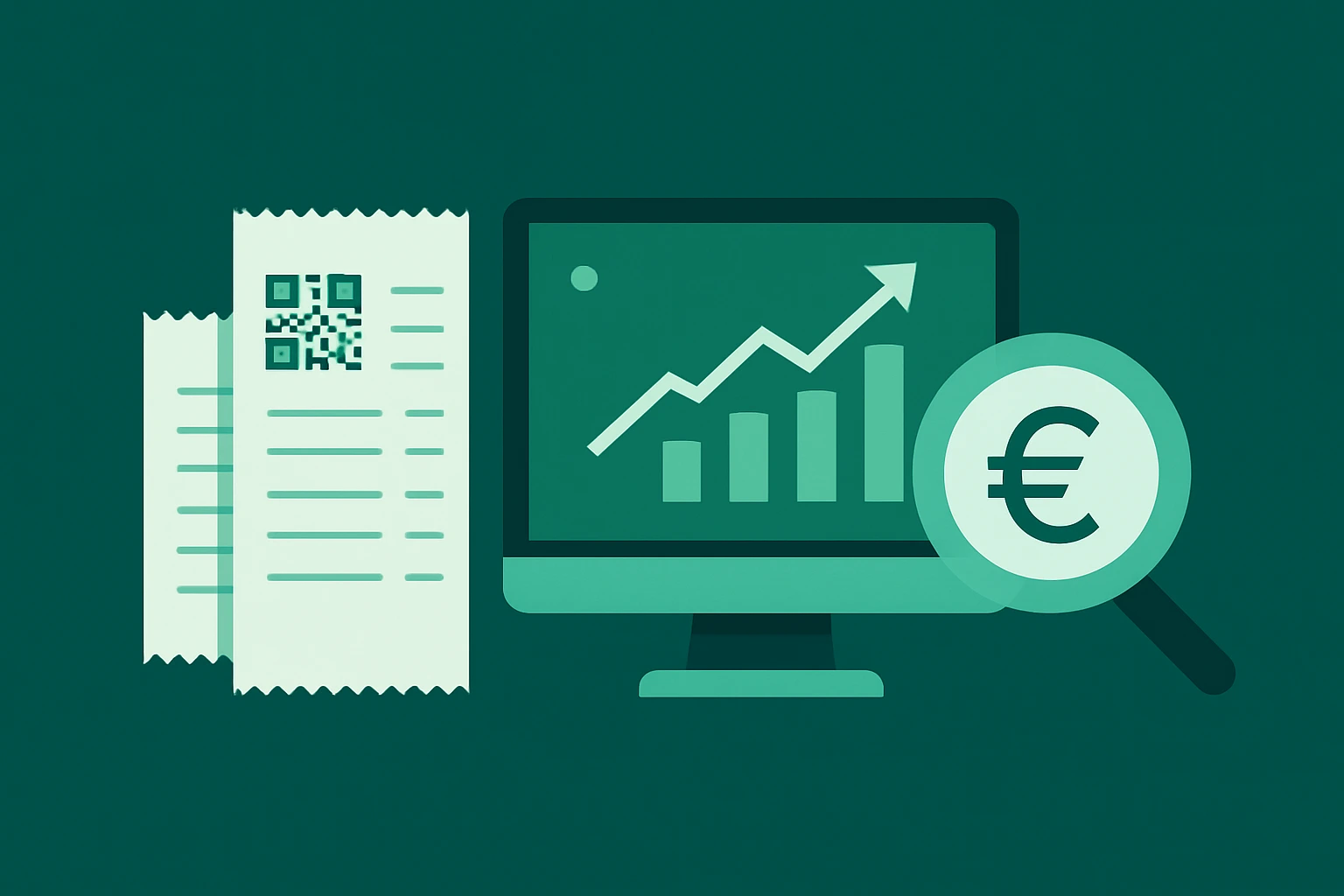
Choosing the Best Expense Management Software? A Complete Guide
Before the first employees, there are suppliers…
Even before hiring its first employees, every company begins by onboarding suppliers. As the business grows, one of the biggest challenges becomes managing employee expenses and supplier invoices. Excel spreadsheets, lost receipts and manual processes quickly become inefficient and expensive. This is where an expense management platform becomes essential. But how do you choose the right one?
In this article, we’ll explore the key criteria for selecting an expense management solution and how modern platforms like Paynest help simplify processes, reduce costs and ensure compliance.
What Is an Expense and Supplier Management Software?
An expense management software is a platform that allows companies to control, validate and integrate employee expenses and supplier invoices with accounting systems. It goes far beyond simply digitising receipts: today, these platforms include artificial intelligence, real-time reporting, payments integration, accounting integrations and automated compliance tools.
What to Consider When Choosing an Expense Management Platform
1. Automation
The software should automatically detect fraud and policy violations, supporting approvers and finance teams while reducing errors and financial losses.
It should also generate real-time reports and support reconciliation with corporate cards, enabling accurate analysis and easier forecasting of future expenses.
2. Breadth of the Solution
Employees generate many types of expenses. The platform should cover as many as possible, such as: General Expenses, Mileage, Per Diems, Travel, Cash Advances.
The solution becomes even more powerful when it also handles supplier invoices — with fast invoice capture, automatic matching with tax authorities, alerts for invoices issued but not yet received, bank transfers or integrated virtual cards.
The more complete the platform, the more visibility and control the company gains.
3. Flexibility and Customisation
The system should be customisable with little or no implementation cost.
Digitalisation should be seen as an opportunity to improve internal processes — but it must also respect company policies to ensure compliance.
4. Employee Experience
Employees want simplicity. Features such as OCR and QR code scanning make submitting expenses quick and easy while ensuring accounting teams receive complete and accurate data.
For managers and executives, the ability to submit expenses on behalf of others — without sharing login credentials or devices — is essential.
Instant reimbursement after the final approval step greatly improves well-being and engagement.
5. Finance Team Experience
Customisable workflows and a fully digital process save finance teams hours of work. Approval decisions become faster and more informed, policy violations are easier to detect, accounting exports are automated and payments don’t require manual banking.
6. Reporting and Insights
Good decisions rely on accurate data. The platform should provide customisable reports on General Expenses, Travel, Mileage, Sustainability/Mobility, Per Diems, and Supplier Spend.
Benefits of a Complete Expense Management Platform
- Less bureaucracy: More focus on core business.
- Financial predictability: Cash flow control and optimised policies.
- Tax and legal compliance: Transparency with regulatory entities.
- Employee satisfaction: Faster processes and automatic reimbursements.
If you’re asking “what is the best expense management software?” or “what is the best platform for expenses?”, here’s what you should look for:
✔️ A simple employee experience
✔️ Centralised supplier and payment management
✔️ Local compliance and customisable workflows
✔️ AI to predict, analyse and control spend
Paynest brings all of this together, allowing companies to manage expenses in real time, with less bureaucracy and more control.
Ready to get started?
Contact us to explore Paynest’s solutions and to design a custom package for your business.
